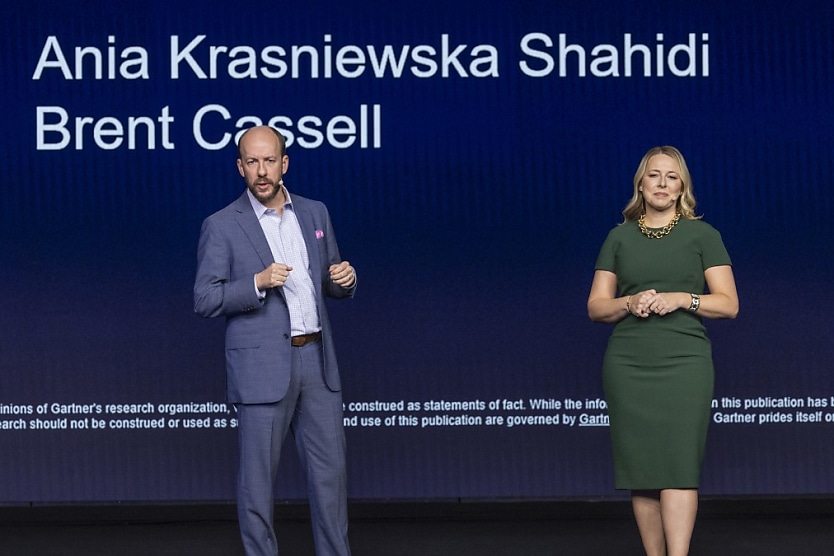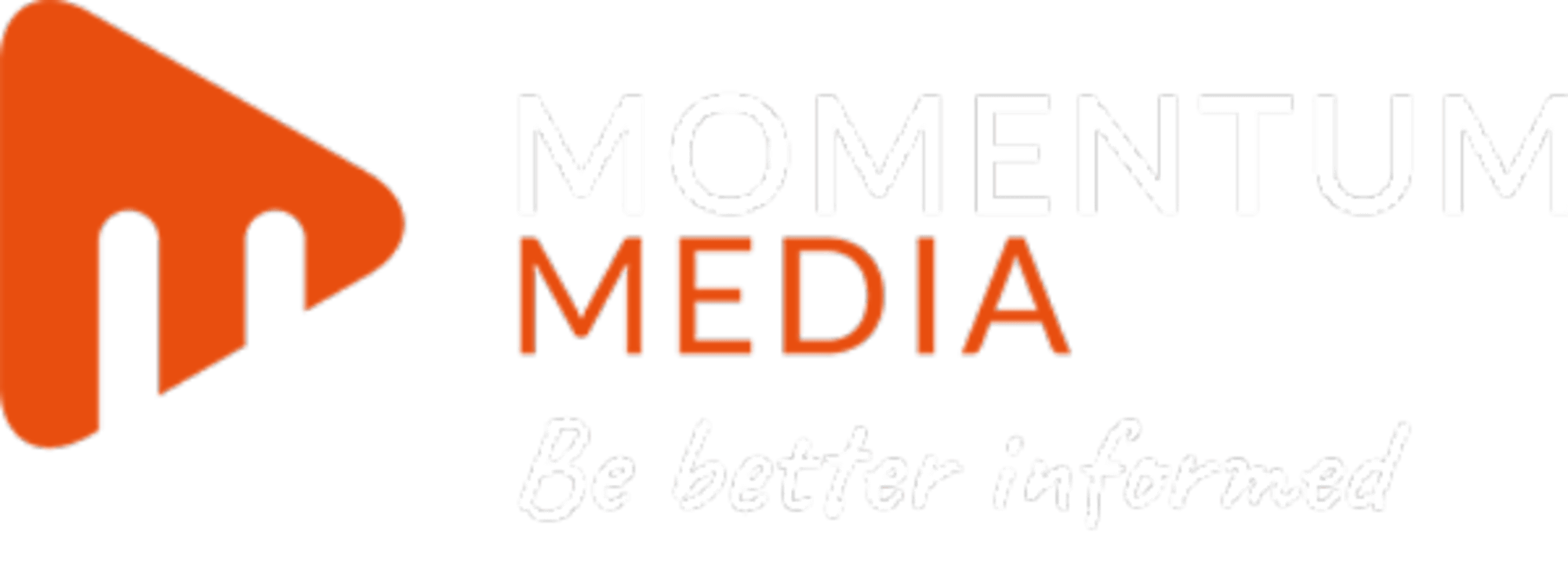
The expectations of HR professionals are increasing. If our people leaders aren’t supported, how can we expect our people to thrive?
Eighty-three per cent of HR leaders said their workload is higher than it was three years ago, according to a survey by Gartner.
This is reportedly due to the expansion of the HR function. While there are positives to come from this, such as 70 per cent of HR leaders believing they have more opportunities for impact and 58 per cent saying they have more authority to determine strategic priorities, the price to pay is significantly higher expectations.
“After drastically changing the way we work, HR leaders are now grappling with whether or not to stay bold and continue to challenge convention when external circumstances, such as the pandemic, are no longer forcing their hand,” commented Brent Cassell, vice-president, advisory in the Gartner HR practice.
“In this new normal, organisations need to be ‘everyday bold’, choosing every day to not just take action, but prepare for whatever could be ahead.”
So, what does it mean to be “everyday bold”? According to Gartner, there are three main components of this:
- Building stability
- Initiating trust
- Forging ahead
Organisations that get this right are reportedly six times more likely to be top performers. There is far more to be done, however.
Stability
Gartner revealed that just 16 per cent of employees feel that their employer is predictable. Predictability builds stability, and unpredictability creates tension, said Ania Krasniewska Shahidi, group vice-president in the Gartner HR practice.
“Unpredictability can negatively affect employees and, therefore, business and talent outcomes, including productivity and retention.
“Stability is not only integral to breaking boundaries, but we’ve found that organisations that offer more stability see a significant rise in employee engagement,” said Ms Shahidi.
Stability is an important consideration. In fact, Gartner’s research revealed that organisations that do this effectively saw a 61 per cent increase in employee engagement.
Trust
Mutual trust is an integral part of performing well as a business, but organisations clearly aren’t realising this. Only 53 per cent of employees trust their employer. Meanwhile, just 63 per cent of organisations say they trust their employees.
Building trust is crucial for innovation, as Gartner revealed that 79 per cent of employees at high-trust businesses bring new ideas to their managers, whereas just 17 per cent did so in low-trust organisations.
Mr Cassell explained: “To build mutual trust, it is important that employees first feel that their organisations trust them. Organisations need to actively signal belief in employees’ good intentions via actions that show employees that their employer believes in their ability and reliability.”
There is a long way to go, as it’s reported that 71 per cent of employees are digitally monitored by their employer.
Moving forward
Standing in the face of adversity and pushing on is what can make or break a business. Being able to tackle challenges is what separates successful companies from unsuccessful ones.
An effective way to do so, according to Gartner, is by “letting go”. While this may seem counterproductive, it can help to keep businesses thriving.
“This includes not just letting go of mindsets that no longer serve the organisation, but in many cases, letting go of previous priorities and processes that no longer serve the organisation in order to make room for the next opportunity,” said Gartner.
“HR leaders must let go with intention. For example, if an organisation is replacing a tool or framework, HR leaders should recognise the individuals who helped maintain what is being shuttered.”
Ms Shahidi believes this can be a powerful tool: “Letting go with intention means acknowledging the loss of what served you well in the past and deliberately dismantling it to make room for new possibilities, such as new technology.
“At organisations that let go of existing mindsets and processes to make room for new possibilities, employees are 10 times more likely to say their organisation enables innovation.”
Jack Campbell
Jack is the editor at HR Leader.











